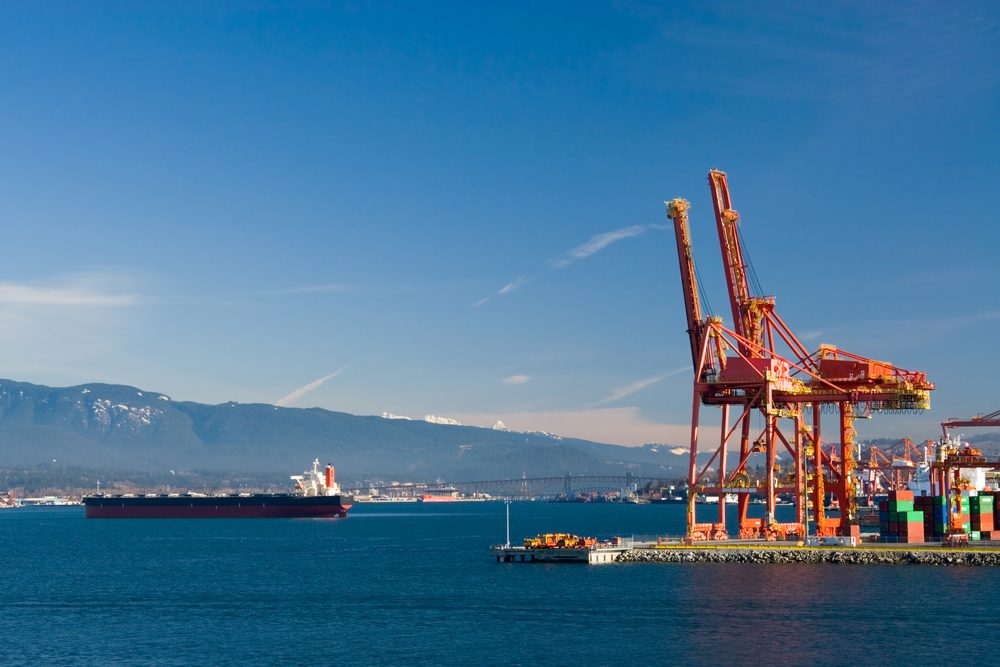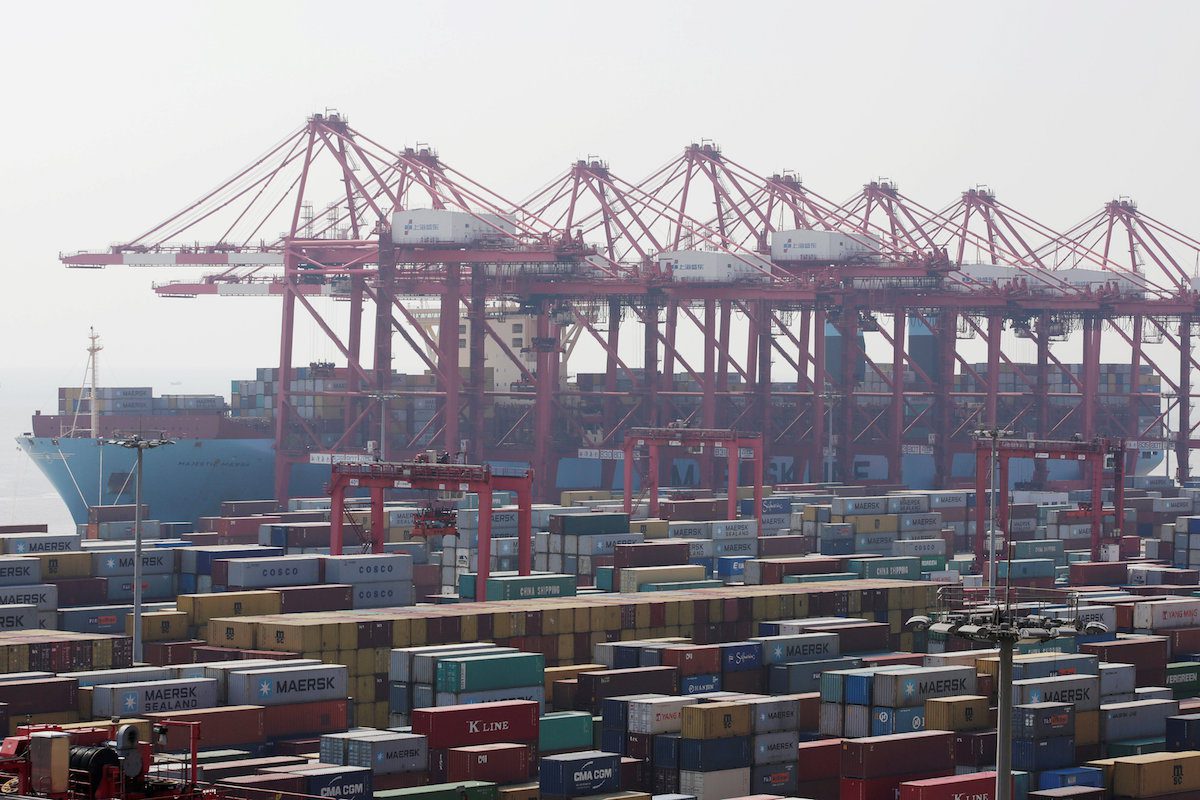By Marcy Nicholson (Bloomberg) —
A shortage of containers at Vancouver’s port is slowing Canada’s exports of lentils and peas, the latest ripple in a phenomenon that has roiled trade.
Companies are rushing to get the steel boxes to Asia so that consumer goods made in factories there can be shipped to North America in time for the busy Christmas shopping season. It’s a more profitable move for the shippers than waiting for agricultural products to be loaded and sent.
As a result, tons of pea and lentil crops — known as pulses — from the world’s biggest producer remain in storage on farms and in elevators, far from the port on Canada’s Pacific Coast.
The shortage has hit American cotton, hay and grain as well, prompting the U.S. Federal Maritime Commission to investigate “potentially unreasonable practices” around container return and other issues.
The bottleneck is hitting farmers just as pulse exports to Asia and India typically pick up following a large Canadian harvest. Global demand for pulses is on the rise as they are increasingly processed into plant protein for meat substitutes, pasta, and snack foods. Due to their smaller order sizes, pulses are affected more than grains such as wheat, which is exported in bulk and don’t need containers.
Ray-Mont Logistiques Inc., a transloading company that can handle about 5,000 containers a month in Vancouver, has seen the amount of grain that it can transfer from rail cars to containers there drop by one-third to one-half since mid-October.
The shipping constraints may last at least into the first quarter, said Stephen Paul, vice president of supply chain logistics for Ray-Mont in Montreal.
Higher Cost
When exporters can get containers, they have to pay a premium that Paul said can in some cases double the cost of ocean freight.
“The export rates are now skyrocketing because the capacity is reduced by 50% and the demand is still there” Paul said. “The premiums for that empty equipment is starting to rise considerably to a point where it’s going to make exporting containers not profitable.”
The slowdown comes as prices of the commodities have risen, risking profits for farmers in western Canada. The Saskatchewan cash price for yellow field peas rose to C$9 ($6.87) per bushel last week, 40% above the same period a year earlier, while medium green lentils nearly doubled to C$30, government data show.
On Friday, the Canadian government forecast the country will export 7.15 million metric tons of pulses during the 2020-21 crop year, up slightly from a year earlier.
“The lack of consistency and reliability in container supply does put at risk the opportunity for farmers and the pulse trade to capitalize on the high demand for pulses around the world,” said Greg Northey, vice president of Pulse Canada’s corporate affairs.
© 2020 Bloomberg L.P

 Join The Club
Join The Club











